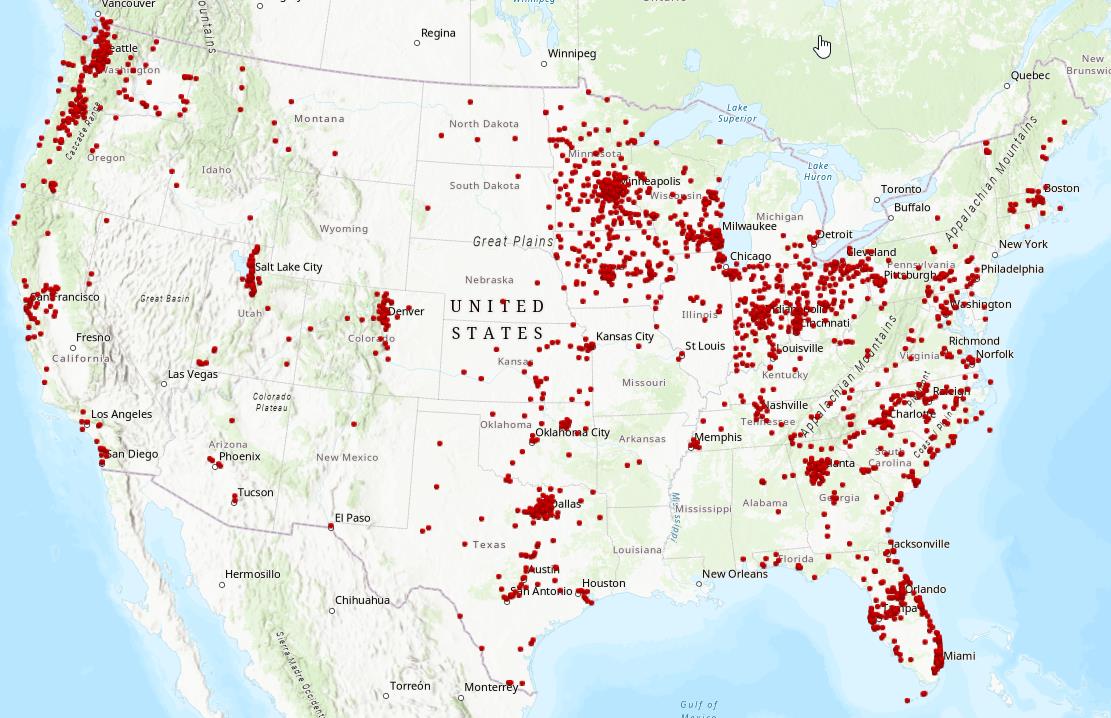A few weeks ago, I searched the term “stormwater” on Google News, and what did I see? Nearly a third of the results were articles about stormwater utilities. The focus of the articles varied from municipalities creating new stormwater utilities to rising stormwater utility rates.
The concept of the stormwater utility has existed in the U.S. since the early 1970s, but recent trends have shown a dramatic increase in the number of stormwater utilities. A stormwater utility is a revenue-generating tool that enables municipalities to better manage stormwater by creating a dedicated fund for stormwater management activities. Stormwater utilities function much like water or sewer utilities by generating user fees based on the amount of stormwater generated on a property. Stormwater utility fees vary but are usually calculated based on the average square footage of impervious surfaces on a property. According to a 2022 survey conducted by Western Kentucky University, the nationwide average monthly single-family residential fee is $6.01.
The same study showed there are 2,057 stormwater utilities nationwide, up from 1,815 in 2021, a 13% increase. They are found in 41 of 50 states, the District of Columbia, and communities as large as Los Angeles (population: 4 million) and as small as Indian Creek Village, Florida (population: 88).

Figure 1. U.S. stormwater utilities (SWUs).
Fees generated from stormwater utilities are used for stormwater infrastructure planning, engineering, operation and maintenance costs.
A growing number of communities are finding themselves facing increased urban flooding as a result of climate change. As storms become larger, they overwhelm local stormwater drainage capacity, and flooding occurs. Proponents of stormwater utilities emphasize they are needed because current needs are not being met with available resources. A dedicated stormwater utility creates a stable and predictable revenue stream for stormwater management, are flexible and can adapt to changing needs over time, and are equitable in that costs are assessed based on a property owner’s actual contribution to the problem. They also incentivize the installation of green infrastructure and other on-site stormwater management strategies.
Opponents of stormwater utilities, who often refer to them as a “rain tax,” argue they unfairly target businesses with large roofs and parking lots and add another layer of bureaucratic expense at the local level. Residents often see this as a fee for something that has always been provided for free. And institutions such as schools and houses of worship with large impervious areas but no local taxes may find themselves paying the stormwater fee.
The problem of how to fund improvements to our stormwater infrastructure isn’t going away. Impervious surfaces in cities and suburbs are increasing, and there are still 20,000 impaired water bodies in the U.S. suffering from water quality issues. Providing a dedicated source of funds at the local level to support stormwater infrastructure makes sense, and most experts forecast more stormwater utilities being created in 2022 and beyond.